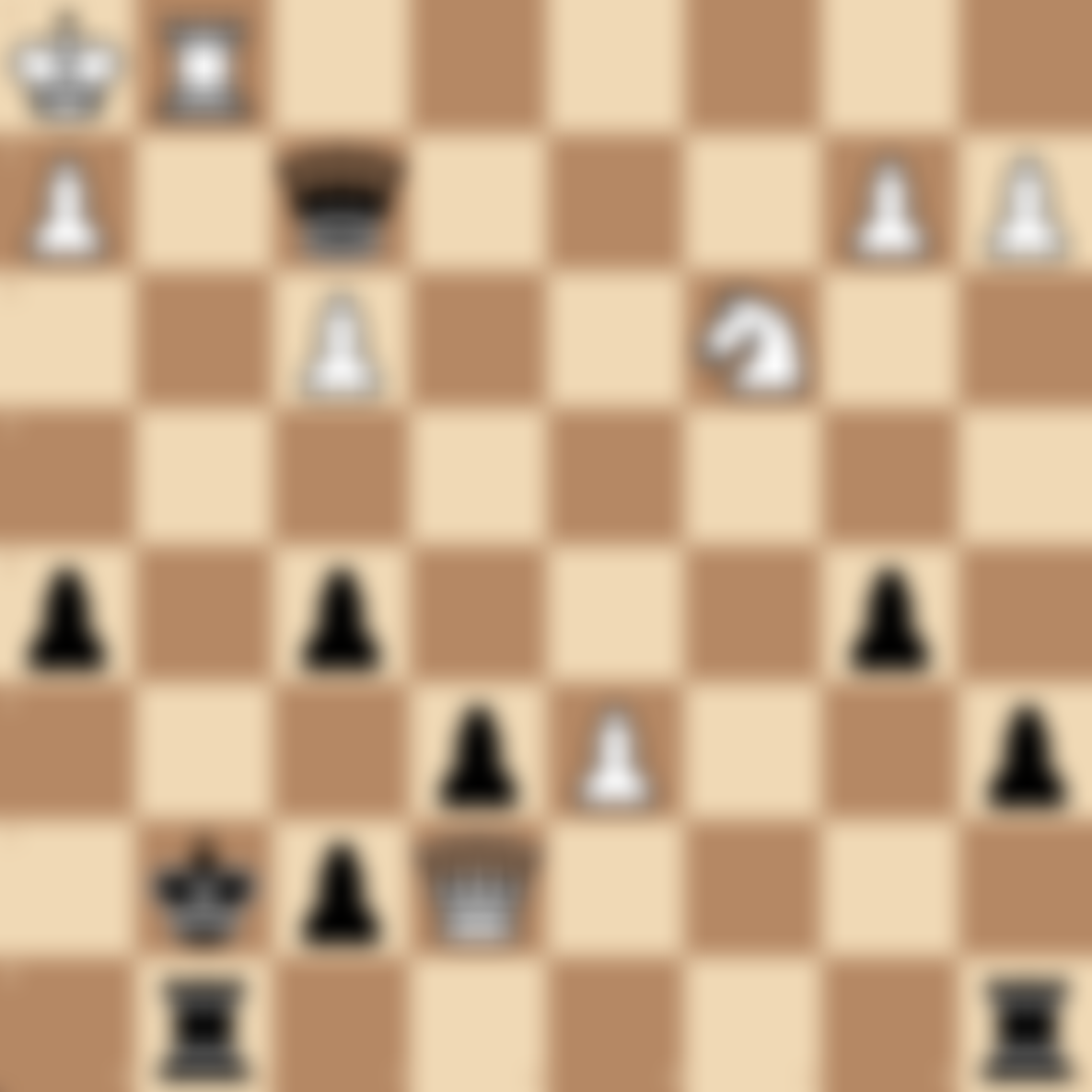Pawn Endgames in Chess: The Ultimate Test of Precision
Introduction
Pawn endgames are often considered the purest form of chess. These seemingly simple positions can be incredibly complex, requiring precise calculation, deep understanding of fundamental principles, and sometimes, counterintuitive moves. At chesspuzzles.io, we've curated a collection of pawn endgame puzzles to help you master this crucial aspect of chess.
What is a Pawn Endgame?
A pawn endgame occurs when only kings and pawns remain on the board. These endgames are characterized by the race to promote pawns to queens, the struggle for the opposition, and the creation of passed pawns. Understanding pawn endgames is essential for players of all levels, as many complex middlegame positions eventually simplify into pawn endgames.
Key Concepts in Pawn Endgames
- Opposition: The concept of kings facing each other with one square in between, crucial for controlling key squares.
- Pawn Breakthrough: The act of sacrificing pawns to create a passed pawn.
- Zugzwang: A situation where any move worsens the position, often decisive in pawn endgames.
- Triangulation: A maneuver to lose a tempo and gain the opposition.
- Outside Passed Pawn: A passed pawn far from the main pawn structure, often a decisive advantage.
- The Rule of the Square: A method to determine if a king can catch a passed pawn.
Why Study Pawn Endgames?
- Improve Calculation: Pawn endgames require precise calculation of variations.
- Enhance Strategic Thinking: They teach long-term planning and pawn structure assessment.
- Develop King Activity: The king becomes a crucial attacking piece in pawn endgames.
- Understand Zugzwang: Many pawn endgames are decided by forcing the opponent into zugzwang.
- Practical Value: Knowing theoretical pawn endgames can save half points or convert advantages in real games.
Common Pawn Endgame Positions
- King and Pawn vs King: The most fundamental pawn endgame, teaching opposition and key squares.
- Rook Pawn Endgames: Special cases where the defending king aims for the corner square.
- Connected Passed Pawns: Understanding how to advance or blockade connected passers.
- Isolated Pawn Endgames: Positions where the isolated pawn can be both a strength and a weakness.
- Pawn Majorities: Exploiting a pawn majority on one side of the board.
Tips for Solving Pawn Endgame Puzzles
- Always consider the opposition and how to gain it.
- Calculate pawn breaks and their consequences thoroughly.
- Look for opportunities to create passed pawns.
- Consider counter-intuitive moves, such as moving your king away or sacrificing pawns.
- Pay attention to potential stalemate tricks in winning positions.
Practice Pawn Endgame Puzzles
Ready to test and improve your pawn endgame skills? Dive into our curated collection of pawn endgame puzzles:
Solve Pawn Endgame Puzzles on chesspuzzles.io
These puzzles range from basic opposition exercises to complex multi-pawn endgames, providing a comprehensive training ground for players of all levels.
Conclusion
Mastering pawn endgames is a journey that will significantly improve your overall chess strength. The skills and intuition developed through studying these positions will benefit your play in all phases of the game. Start solving our pawn endgame puzzles today and watch your endgame prowess soar!
